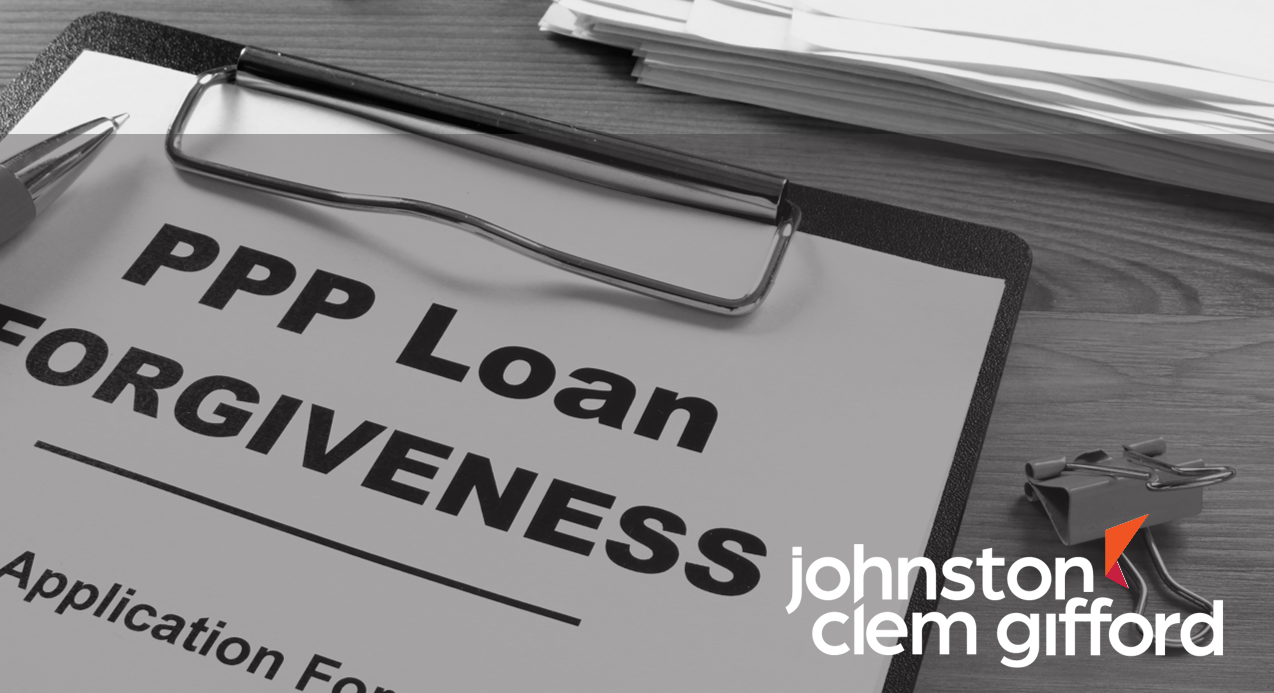Unforgiven: Appealing PPP Loan Review Decisions

SBA Issues its Interim Final Rule for Appealing PPP Loan Review Decisions
In response to COVID-19, the federal government enacted the Paycheck Protection Program, an emergency Small Business Administration section 7(a) loan program to assist businesses impacted by the pandemic. In addition to the SBA’s 100% guaranty, a hallmark of PPP loans is their eligibility for full principal forgiveness (see our previous posts about the PPP’s application requirements, conditions on use of proceeds, and forgiveness eligibility).
The SBA’s recent interim final rule (new 13 CFR Part 134) outlines procedures for appealing the administration’s determination that a borrower:
- was ineligible for a PPP loan or merely the loan amount received,
- used the loan proceeds in a manner not authorized by the PPP, or
- is ineligible for PPP loan forgiveness (either partially or entirely).
The rule does not permit borrowers to appeal lenders’ decisions and it does not apply to other SBA 7(a) loans or to the SBA’s Office of Inspector General decisions (the OIG is tasked with investigating allegations of fraud, waste, and abuse with regard to PPP loans).
Appeal Requirements for PPP Loan Forgiveness
Only the borrower named on the loan can appeal the SBA’s loan determination (i.e., not the lender or an agent) with a quick deadline: 30 calendar days after the borrower learns of the SBA’s decision. The appeal commences upon filing a petition with the SBA’s Office of Hearings and Appeals that includes:
…a full and specific statement as to why the SBA loan review decision is alleged to be erroneous, together with all factual information and legal arguments supporting the allegations…
The petition must also include copies of the loan documentation and the borrower’s federal income and payroll tax filings (as applicable). The borrower has the burden to prove, by a preponderance of the evidence, that the SBA’s loan determination “was based on clear error of fact or law,” and filings are limited to the petition and the SBA’s response. The appeal may be dismissed if the petition does not include all required information and it must be dismissed if the petition is filed after the 30-day deadline. The SBA can request a more definite appeal petition—and the borrower’s failure to comply can also result in dismissal. In short: a well-prepared petition is crucial.
The Appeal Process
Upon filing, the case is assigned to an administrative judge who notifies the SBA of the appeal and orders it to provide the administrative record, typically within 20 days after the judge’s notification. The administrative record consists of “relevant documents” the SBA considered in making its decision or “that were before” the SBA at the time of its final decision, and the SBA may withhold materials it deems privileged. Generally discovery is not permitted (except where the judge determines the SBA has shown good cause that it is needed), and the appeal is decided on the administrative record (unless the judge determines there is a genuine dispute of material fact that can only be resolved by testimony and “confrontation of witnesses”). Hence, the administrative record may not include all evidence the borrower thinks is important. While the borrower has a 10-day window to object to the absence of documents in the record or to the SBA’s claim of privilege (and may appeal the judge’s decision on the privilege issue), this underscores the importance of a well-prepared petition.
The rule protects certain information in the record that is normally treated as confidential from disclosure (such as personally identifiable financial information), and either the borrower or the SBA may request an order protecting the confidentiality of information in the record. Since OHA decisions are normally published without redaction on its website, borrowers should seriously consider obtaining a protective order.
Typically, the administrative record will close 45 days after the SBA is notified of the appeal, and the judge will render a decision within 45 days after the record closes. At any time during the appeal, the parties can request permission to engage in alternative dispute resolution (e.g. mediation), and the judge may stay the proceedings pending the outcome of such efforts. Within 10 days after the judge renders a decision on the appeal, either the borrower or the SBA may request reconsideration. Within 30 days after the judge’s final decision on the appeal (whether initial or after reconsideration), either party may appeal the judge’s decision to the Administrator of the SBA.
It is important for borrowers and lenders to note that decisions rendered on these appeals create precedent applicable only to PPP loans. The decisions do not apply to any other aspect of the SBA 7(a) loan program, its 504 loan program, its microloan program, or its determinations of eligibility for these other loan programs.
Five Key Takeaways
Finally, here are 5 important points and takeaways for borrowers:
- You must appeal both the SBA’s loan determination to the OHA and the administrative judge’s decision to the Administrator as prerequisites to review in federal district court (i.e. both steps are required to exhaust administrative remedies).
- Even if you prevail on appeal, you are not entitled to recover your attorney’s fees from the SBA.
- Filing an appeal does not create or extend any loan payment deferral (for example, if the SBA determines that only half of your PPP loan is eligible for forgiveness, you must repay the remaining half while appealing the SBA’s determination).
- You should seriously consider obtaining a protective order before the administrative record closes.
- And again: a well-prepared appeal petition is crucial.
Contact Johnston Clem Gifford
For more information, contact us online or by calling (214) 974-8000. Our lawyers have deep experience with financial services compliance and litigation.
